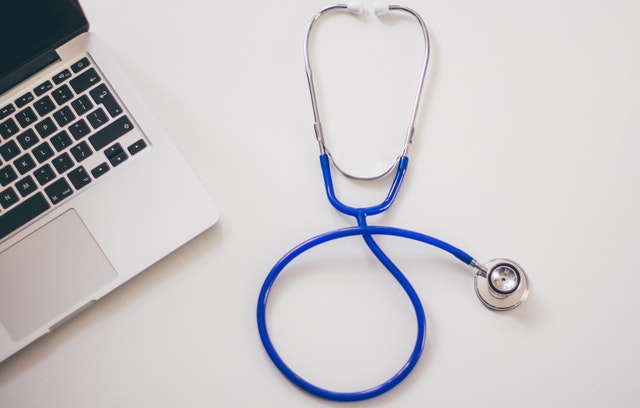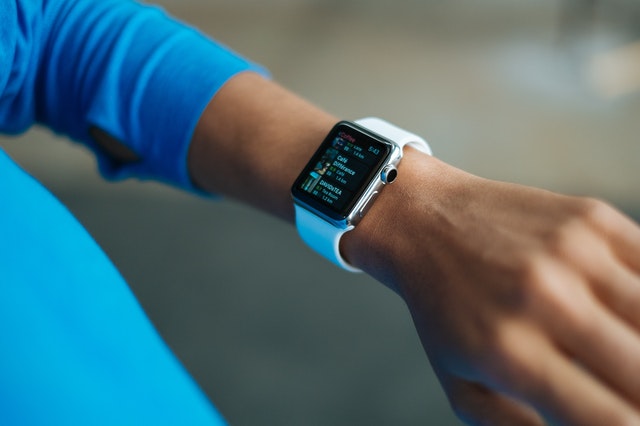In the next 10 years, ecommerce vendors can expect new opportunities in the field of healthcare. Because of the COVID-19 virus, people were forced to stay indoors and practice social distancing, and our social interactions were often limited to social media. Many people turned to online sales channels for their purchases, but unfortunately, online purchases of medications and medical supplies aren’t always available.
We get our social interactions over the internet, so why can’t the internet provide for our healthcare needs too?
While you might want your post to go viral on social media, contagious viral diseases need to be contained, and the impact of COVID-19 on the healthcare industry may lead to a digital transformation of the healthcare system.

Surges in the Transportation of Medical Devices and Supplies
We’ve seen an increasing demand for safe medical device transportation, especially at a time when having breathing aid devices like those used to help COVID-19 patients meant the difference between life and death.
At the beginning of the pandemic, supply chains weren’t set up to deliver the necessary personal protection equipment (PPE) like masks and gloves to all countries, which led to shortages at critical times.
According to a global report by Research and Markets, the medical supply transport market is expected to increase at a compound annual growth rate of 6.5% from 2020 to 2027 and reach USD 96.6 billion.
Manufacturers of medical devices and supplies need reliable medical equipment shipping logistics services to make sure this precious cargo makes it to hospitals and other medical care facilities who’ve purchased their products online.
Ecommerce Pharmacies for Medications
Similar to the field of logistics and transportation for medical supplies and devices, there’s also been a high demand for ecommerce pharmacies and pharmaceutical transportation. Rather than going to a brick-and-mortar pharmacy, patients can order their medications online from ecommerce pharmacies and have prescriptions delivered right to their doors.
This means we can expect an increase in the need for cold supply chains, which store, transport, and preserve cargo that needs to be temperature regulated, such as pharmaceuticals.
[Related: The end of the pandemic relies on the cold supply chain for transportation of vaccines.]
Just as a patients’ blood vessels carry and distribute the medication to the patients’ bodies, our medical freight forwarders use refrigerated ocean shipping vessels (in addition to airplanes, trucks, trains, etc.) to bring the medications to patients.
Expansion of Telehealth Providers
It’s not just medical providers who are turning to ecommerce to fulfill their needs. Patients want easy and accessible medical care, and telehealth allows them to get it from the comfort and safety of their homes. Telehealth uses digital technology to allow patients and physicians to communicate and manage a patient’s healthcare remotely.
In the wake of COVID-19, telehealth services became more widely available to allow people to social distance and reduce the strain of in-person visits on medical facilities, and it looks as though the industry won’t stop there. According to a 2021 telehealth report by The Business Research Company, the global telehealth market is expected to increase at a compound annual growth rate of 28.34% and surge from USD 80.53 billion to USD 218.5 billion by 2025.
Telehealth includes a broad scope of remote services such as video consultations and appointments, health education videos and online classes, and email communications with your healthcare provider.
While we wouldn’t recommend having a procedure like a liver transplant virtually, telehealth platforms can help you find other ways to get your healthcare de-livered. (Sorry if our medical puns made you sick, but we figured a little joke about medicine never hurt anti-body.)
Digital Health Tracking With Wearable Technology
Advancements in telemedicine have paved the way for remote monitoring of vital signs. Patients want convenience and are increasingly tech savvy, and many people avoid going to the doctor for regular check-ups. This means underlying conditions are often caught too late, but wearable medical monitoring devices may be the solution and future of healthcare.
Wearable health and fitness trackers like Fitbits have been around for a while, but now, wearable electrocardiograms and blood pressure monitors, digital inhalers for asthma, and much more are becoming available. These medical monitoring devices use Bluetooth to connect to mobile phone apps, and the data can be sent to healthcare providers.
Telehealth allows physicians to evaluate the data, and they can make recommendations for in-person physical exams or other testing if there’s anything out of the ordinary that might be cause for concern.

Get a Free Quote for Your Medical Supply Transport Costs Today!
7ConNetwork offers easy and reliable medical device transportation logistics and much more. Our network of expert freight forwarders is guaranteed to get your shipment delivered as quickly and safely as possible.
Check out our online booking system to find rates for your medical device and healthcare industry logistics needs.
.jpg)